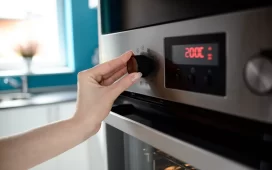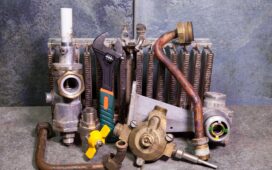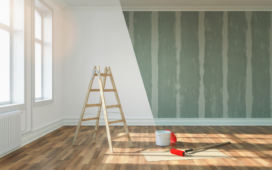Having a watery basement is a homeowner’s worst nightmare. Nonetheless, it happens quite often. There are tons of reasons why your basement is filled with water. However, there are only a few ways you can solve that issue. The first being basement waterproofing and the second installing a sufficient drainage system. Here is what you should know about having water in the basement:
How does Water get in the Basement?
Most of us aren’t aware that under and around each home there is a system of underground water springs and city pipes. The basement is the most vulnerable part because it is placed deep in the ground and in direct contact with these water sources. But all of us have water around and only few houses experience leaks and floods. How is that possible?
Well, each home is different. The numbers of factors which determine whether your house can fight off excess water is huge, but let’s focus on the main ones. First, your home needs to be properly protected (sealants, insulators, quality cement, sump pumps, basement waterproofing). Second, homes in dryer climates have less chance for floods because the water tables in the ground are lower. This means that if you live in a rainy climate, you must undertake all preventive measures. Third, the type of soil has influence on your basement. Some soils are predisposed to accumulate more water.
Cracks & Leaks
The most common water issue in basements is cracks and leaks. They can come from anywhere and their location signifies which part of the basement has an issue. For instance:
- On the Ceiling – You might have poor interior drainage (a shower head in the bathroom, a leaky pipe in between walls, sometimes even roof damage).
- On the Floor – It means that your foundation has been damaged; underground water has made its way through the foundation’s cement.
- On the Side Walls – most probably the interior piping system has malfunctioned. Besides leaking, pipes can burst, freeze up and get clogged.
Poor Drainage
By poor drainage we mean insufficiently placed or installed drainage systems. We have faced tons of cases where homeowners desperately needed backyard drainage such as weeping tiles or trenches, but didn’t install ones because of poor expert advice. Knowing what your home needs is the key for protecting it. Backyard drainage is very important for homes with poor soil, where water accumulates and builds pressure on the foundation walls.
Besides the backyard, you should also consider the roof. To solve the problem of rain water, experts invented gutters so having this system and cleaning it regularly will help you in protecting your basement. Last but not least is a basic waterproofing system, consisting of a sump pump and a weeping tile. This system gathers all excess water and pumps it away from the home, right into a proper disposal area like a sewer or city line.
Damaged Pipes
As we mentioned, pipes break. But what else is vulnerable to breaking and causes water in our basements? You must know that the drainage and waterproofing systems in homes consist of more parts. If only one of them experiences malfunction, the others are equally threatened. The sooner you find and solve the problem, the better for everyone. So other drainage parts that can break and deteriorate are: sump pump, weeping tile, cement and concrete, windows, window well structures, walls and floors.







